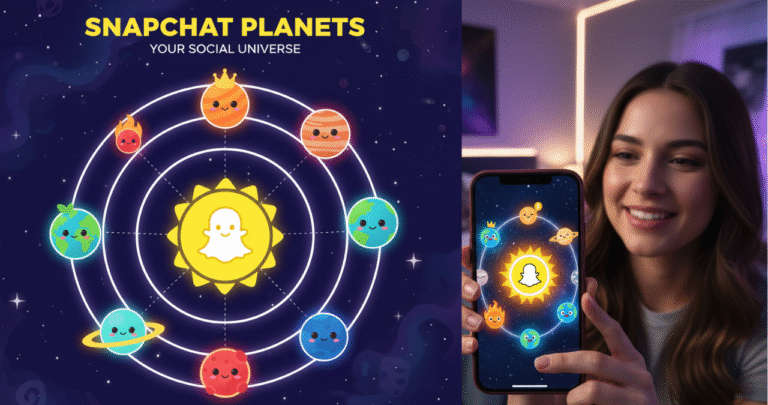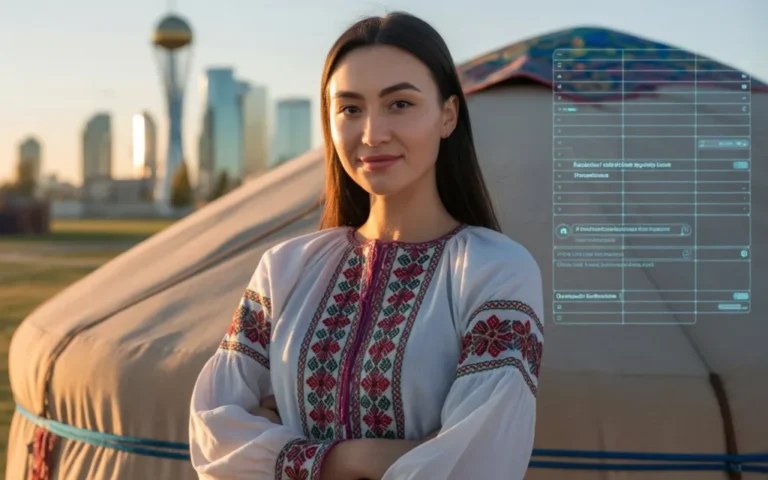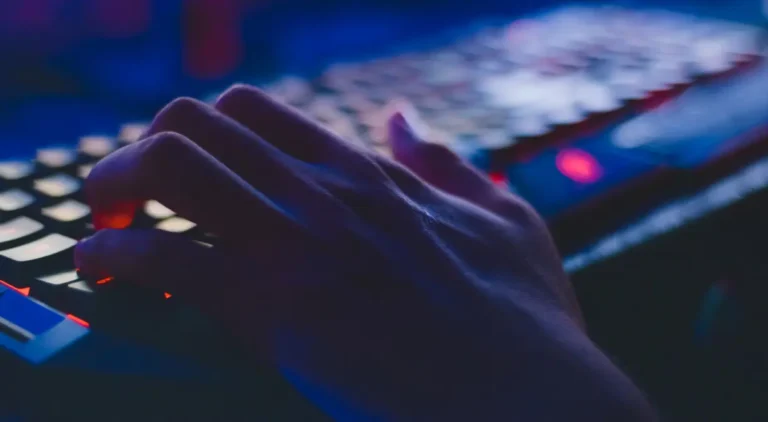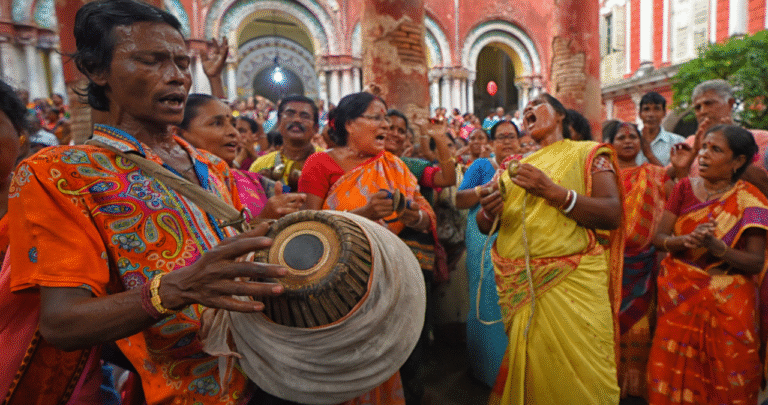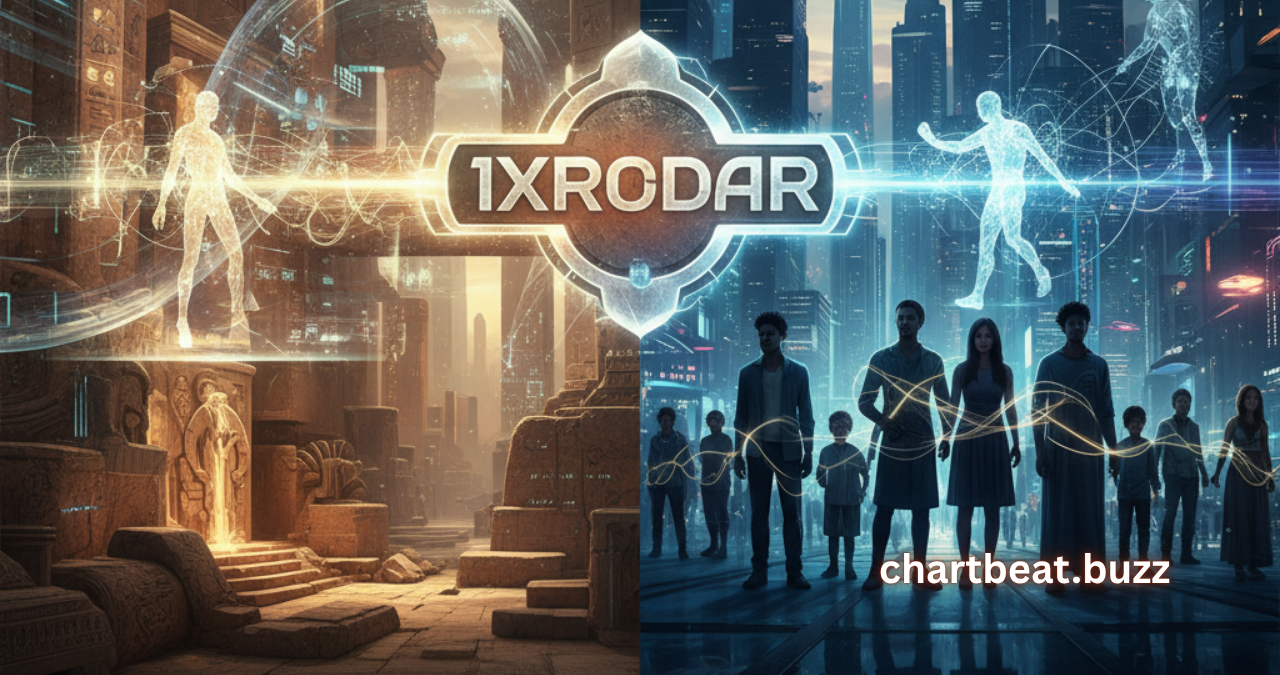
1xrodar
Introduction to 1xrodar
1xrodar represents a multifaceted concept that encapsulates a range of historical, cultural, and thematic elements. Originating from a blend of diverse influences, the term ‘1xrodar‘ historically signifies a unique paradigm within its respective field. Its evolution can be traced back to specific cultural contexts that initially shaped its understanding and interpretation. Over the years, this concept has undergone significant transformations, adapting to societal changes and emerging global perspectives.
The significance of it extends beyond mere definitions; it reflects the intricate interplay of ideas that have influenced multiple disciplines. In its original context, ‘1xrodar’ was primarily associated with [insert historical context or specific area of study], where its implications were profoundly felt. As time progressed, the meanings and applications of it expanded, integrating into various formats and interpretations, thus enriching its relevance in contemporary discourse.
<pin ‘1xrodar’=”” 1xrodar=”” a=”” acts=”” adaptability,=”” alike.
This introductory overview sets the foundation for a deeper examination of 1xrodar, as we will delve into its thematic depths, historical context, and relevance in today’s world. The nuances encapsulated within the concept promise to reveal significant insights, making the pursuit to understand it both a scholarly endeavor and a cultural necessity.
Historical Background and Comparisons of 1xrodar
The origins of 1xrodar can be traced back to a confluence of cultural and historical factors that shaped its evolution. Emerging in the early 20th century, it served as a response to the rapid changes occurring in society, technology, and the arts during this period. Its roots are embedded in key historical events, such as the post-World War I reconstruction and the rise of modernist movements, which prompted thinkers and creators to explore new forms of expression and connection.
Throughout its development, 1xrodar has frequently been compared to other contemporary movements, such as surrealism and expressionism. These movements similarly sought to represent the complexities of human experience, but it distinguished itself by incorporating elements that emphasized interaction and engagement with the audience. Where surrealism often delved into the subconscious and expressionism expressed emotional depth, 1xrodar emerged as a phenomenon that highlighted the relationship between individuals and their societal contexts.
As history progressed into the mid-20th century, significant events such as the civil rights movement and technological advancements further influenced it . The incorporation of digital technologies and social media in recent decades has transformed its reach and application, aligning it with contemporary issues such as globalization and cultural exchange. This evolution has made 1xrodar not only a historical artifact but also a living concept that evolves in response to the ever-changing societal landscape.
Moreover, comparisons to other movements and concepts help illustrate how it has stood out in its distinct approach towards connectivity and community. As the world continues to change, understanding the historical context of 1xrodar becomes essential for appreciating its lasting influence and significance in today’s society.
Thematic Analysis of 1xrodar: Innovation and Depth
The thematic exploration of it reveals a tapestry of innovation interwoven with profound depth, reflecting the complexities of human experience. Central to this narrative is the innovative approach that 1xrodar employs, pushing the boundaries of conventional storytelling. The characters within this work exemplify archetypes that challenge societal norms, presenting audiences with multifaceted personalities who navigate a world rife with conflict and moral ambiguity. This innovative character development not only enriches the narrative but also invites readers to engage with the material on a more intimate level, prompting reflections on their own lives and societal issues.

The themes within it resonate strongly with contemporary cultural conversations. Issues such as identity, power dynamics, and technology’s influence on human relationships are prevalent, urging readers to consider their implications in today’s society. The narrative intertwines historical context and thematic interpretation, offering insight into how past events shape current realities. This connection manifests in the characters’ struggles, which often mirror real-world dilemmas, allowing for a relatable experience that transcends time periods.
<pfurthermore, 1xrodar=”” a=”” act=”” also=”” analyzing=”” and=”” as=”” audience=”” beneath=”” but=”” by=”” can=”” captivates=”” carefully=”” complex=”” conduits=”” contribute=”” critical=”” critiques,=”” cultural=”” deepen=”” delve=”” depth=”” discussions.=”” elements=”” emotions=”” encouraging=”” enhancing=”” evolving=”” examine=”” exploring=”” expression.
Contemporary Relevance and Educational Value of 1xrodar
In today’s fast-paced world, the relevance of it extends beyond its historical roots, making significant inroads in contemporary discussions surrounding culture, society, and education. This concept continues to exert influence in various spheres, facilitating critical debates on issues that resonate with modern audiences, such as identity, power dynamics, and social equity. The educational significance of it is particularly noteworthy, serving as a vital tool for scholars and students alike to explore complex themes and concepts that challenge conventional narratives.
As it finds its way into academic curricula and public discourse, it invites individuals to engage with its thematic depth, encouraging an exploration of its implications in current societal contexts. The ability of it to inspire discussions around moral dilemmas and existential inquiries reflects its enduring relevance. Moreover, its multifaceted nature allows for a nuanced understanding of modern dilemmas, aligning with current educational frameworks that promote critical thinking and interdisciplinary studies.
The critical reception of it has also evolved, with contemporary critiques highlighting its representation in various media and forums. This feedback loop enhances its accessibility, as scholars, creatives, and the general public engage with it through different lenses. Future implications of this concept remain promising, as it continues to inspire new interpretations and creative expressions, indicating that 1xrodar’s impact on society is likely to deepen as we navigate increasingly complex social landscapes.
Therefore, the enduring nature of it in current debates indicates its potential for fostering an informed citizenry capable of addressing contemporary challenges. Through its rich thematic analysis and education-focused engagements, it stands as a powerful framework for understanding and interpreting the multifaceted realities of modern life.
Frequently Asked Questions about 1xrodar
What is 1xrodar?
it is a unique concept that encompasses various historical, cultural, and thematic elements. It represents a fusion of artistic expression and cultural heritage, reflecting the evolution of societal values through time. In essence, it can be seen as a narrative device that encapsulates both the past and present, inviting audiences to engage with its rich thematic diversity.
What is the historical significance of 1xrodar?
The historical significance of it lies in its ability to bridge different eras and cultures. It has emerged as a focal point for discussions around the evolution of art and creativity across time. By examining it within various historical contexts, we can better understand how it reflects the changing dynamics of society, including shifts in ideology and cultural practices. This critical examination enables audiences to appreciate the depth and richness inherent in it .
How is 1xrodar relevant to contemporary audiences?
it holds considerable relevance for contemporary audiences, especially as it addresses issues pertinent to modern society. Its themes often resonate with current social movements, offering insights into cultural identity, heritage, and the collective human experience. By engaging with it , today’s audiences can explore these themes and find relatable narratives that spark discussion and encourage reflection. This ongoing relevance underscores the importance of examining it within a contemporary framework.
Are there common misconceptions about 1xrodar?
One common misconception about it is that it is solely an artistic or literary phenomenon. While it indeed encompasses these domains, its implications extend beyond the arts into historical and sociopolitical discussions. Another misconception is that it is only applicable to a specific culture or time period. In reality, the concept is universal, allowing for a multitude of interpretations and applications across varied contexts.
How can one explore 1xrodar further?
Exploring it can be achieved through various avenues such as academic research, attending cultural events, or engaging with artistic expressions that embody the concept. Various literature, workshops, and online resources provide in-depth perspectives that can enhance understanding. For those interested in specific thematic elements, studying related works of art and historical documents can also yield valuable insights into the complexities of 1xrodar.
